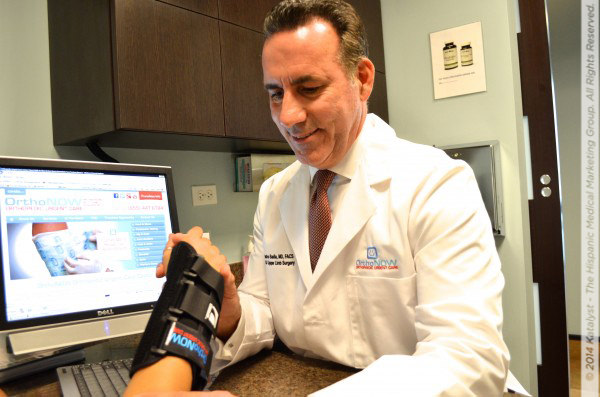Your first sign may be a bit of discomfort and stiffness in your groin, buttock, or thigh when you wake up in the morning.
The pain flares when you are active and gets better when you rest. When the cartilage wears away completely, bones rub directly against each other. This makes it very painful for you to move. You may lose the ability to rotate, flex or extend your hip. If you become less active to avoid the pain the muscles controlling your joint get weak, and you may start to limp.
Frequently Asked Questions on Arthritis
- What is Arthritis?
- What are the most common types of arthritis?
- What causes arthritis?
- What are the symptoms of arthritis?
- Am I at risk for arthritis?
- Are people with arthritis more likely to develop complications from the flu?
- How many adults in the United States have arthritis?
- Can children get arthritis?
- Can I prevent arthritis?
- What should I do if I think I have arthritis?
- How is arthritis treated?
- How can I manage my arthritis?
- Is exercise good for people who have arthritis?
- What should I do if I have pain when I exercise?
- How does being overweight affect arthritis?
Osteoarthritis of the Hip by the Numbers
- most severe fracture that can result from osteoarthritis involves the hip, which requires hospitalization. This type of fracture leads to permanent disability in 50 percent of individuals and fatality in another 20 percent. (Maiese 2016)
- Hip osteoarthritis profoundly affects quality of life in the U.S., with estimated costs as high as $42.3 billion from 904,900 hip and knee replacements in 2009. (Murphy 2012)
- With the lifetime risk of symptomatic hip osteoarthritis (OA) estimated at 25.3 percent, conditions that can lead to OA must be addressed to reduce the quality of life lost, caused by disability and functional limitations, and their corresponding economic impact. (Murphy 2010)
- Total hip arthroplasty is a highly successful medical intervention, having favorable long-term outcomes in improvement of physical functioning, survivorship and self-reported quality of life. (Babovic 2013)
- Across all patients, primary total hip arthroplasty is projected to grow by 75 percent between 2010 and 2020. (Kurtz 2014)
- One study projected that more than 50 percent of total hip arthroplasties will be performed in patients younger than 65 by 2030. (Kurtz 2009)
- The number of total hip arthroplasties performed on patients 18 to 64 years old has increased by 91 percent between 2003 and 2013. (HCUP 2015)








